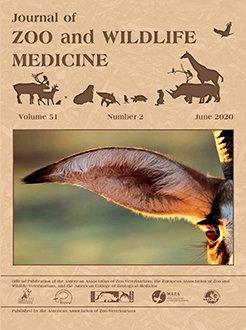Costa Rica undertakes continuous efforts to recover the native population of macaw species through rehabilitation programs for breeding and releasing birds in protected areas. In the summer of 2018, a total of 107 scarlet (Ara macao) and 93 great green (Ara ambigua) macaws were sampled in four wildlife rehabilitation centers in Costa Rica. Fecal samples representing 200 individuals were analyzed for intestinal parasites, and 23 individuals were sampled for hemoparasites. Ascaridia and Capillaria were found in fecal samples. No hemoparasites were found. The distribution of percentage of infection was analyzed by location, species, and housing type. As part of a health screening prior to release, parasitological examination is recommended.
How to translate text using browser tools
12 June 2020
INTESTINAL AND BLOOD PARASITES IN SCARLET (ARA MACAO) AND GREAT GREEN (ARA AMBIGUA) MACAWS IN WILDLIFE REHABILITATION CENTERS IN COSTA RICA
Hayley Dieckmann,
Mauricio Jiménez-Soto,
Ana Jiménez-Rocha,
Ernesto Rojas,
Patricia A. Conrad
ACCESS THE FULL ARTICLE
Ascaridia
Capillaria
Costa Rica
macaw
parasites





